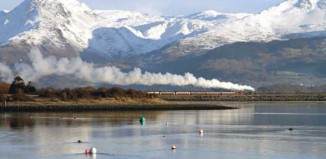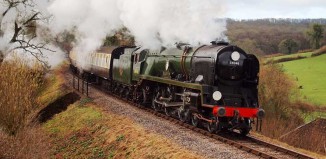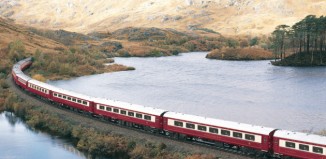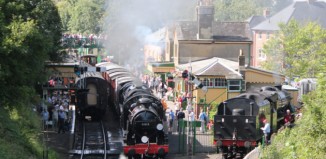Severn Valley Railway
When publicly opened on 1 February 1862, the Severn Valley Railway joined Britain’s sprawling new transport network. At 40 miles in length the line provided a vital freight and passenger link between Shrewsbury and Hartlebury, but the golden years of rail travel were relatively fleeting, with the decline of heavy industry and progress of motoring spelling the death knell for many branches. Dr Beeching’s infamous act in 1963 was the nail in the coffin leaving many rural communities stricken, including those along the Severn Valley Railway, when the ‘axe’ finally fell upon the tracks.

As British Rail advanced its demolition from Shrewsbury towards Bridgnorth, a band of former employees and would-be conservationists gathered at the Coopers Arms near Kidderminster to discuss saving the remainder of the line. Led by local resident Keith Beddowes in July 1965, the meeting decided on the best section to save and how the project would be funded. The outcome was the founding of a society whose efforts initially saved four and a half miles of track at a cost of £5,000 from Hampton Loade to Bridgnorth. By 1967 the line was ready for the spring arrival of steam locomotive No 3205. Sentimental for the railway they had lost, people came from miles around to celebrate the reopening of the line and the prospect of travelling on what had become a heritage line. The preservationists struggled for a further three years for a light railway order to allow them to take passengers, and a regular service was finally run in 1970. More engines began to arrive and bit by bit the society extended the good work, progressing steadily south to Highley in 1974; to Bewdley later that year; and to Kidderminster in 1984.
The station at Bridgnorth was busy on a summer’s afternoon in 2013 – passengers sauntered in and out of the historic Railwayman’s Arms adjacent to the booking office; some basked in the afternoon sunshine as they waited for the return train, and others strode to the end of the platform to take photographs of the next shiny engine to reveal itself. The whole performance was underscored by the rhythmical sounds of locomotives in their short, choreographed journeys to and from the engine sheds, lulling us all into a false sense of nostalgia. The maroon-coloured coaches of The Cathedrals Express were to take us just a short distance, two stops, to Highley, though our travel tickets promised ‘Freedom of the Line’ for one whole day. Although this was luxury that we could only dream of on a modern service, anything beyond Highley across the border in Worcestershire was sadly beyond our jurisdiction on this trip. Anticipation rose as our departure drew near. Why not take the first class carriage, a guard tempted us – it’s only £3 more! Ignoring the sales pitch we shuffled onward, settling into none-too-shabby third class as the train pulled away, following the course of the Severn through picturesque countryside. Our railway leaflet illustrated visitor attractions en route: Dudmaston Hall, Severn Valley Country Park, and a modern Engine House Visitor Centre at Highley, which we decided to explore. Here, steam locomotives tower above the onlooker, and to place them in context film footage shows them on the line in their heyday. There’s an opportunity to climb aboard to take in all the baffling dials and gauges up close, and to ‘eavesdrop’ on the drivers’ chat as an old hand mentors a young upstart. Alternatively, board the waiting mail coach and spot the pigeon hole allocated for your own home town. As 2013 marks the 50th anniversary of the Great Train Robbery there’s just enough time to catch the end of a dedicated exhibition right outside.
The Centre also tells the story of the Severn Valley line from its construction to its restoration, and a recreated Coopers Arms pub setting means it’s possible to sit with a replica pint and watch a short film charting the events of the railway campaigners. We couldn’t leave without a slice of cake at the café upstairs. Seated outside on the balcony with panoramic views across the valley, we had little time to relax as the familiar sound of a hooting locomotive signalled it was time to go.








